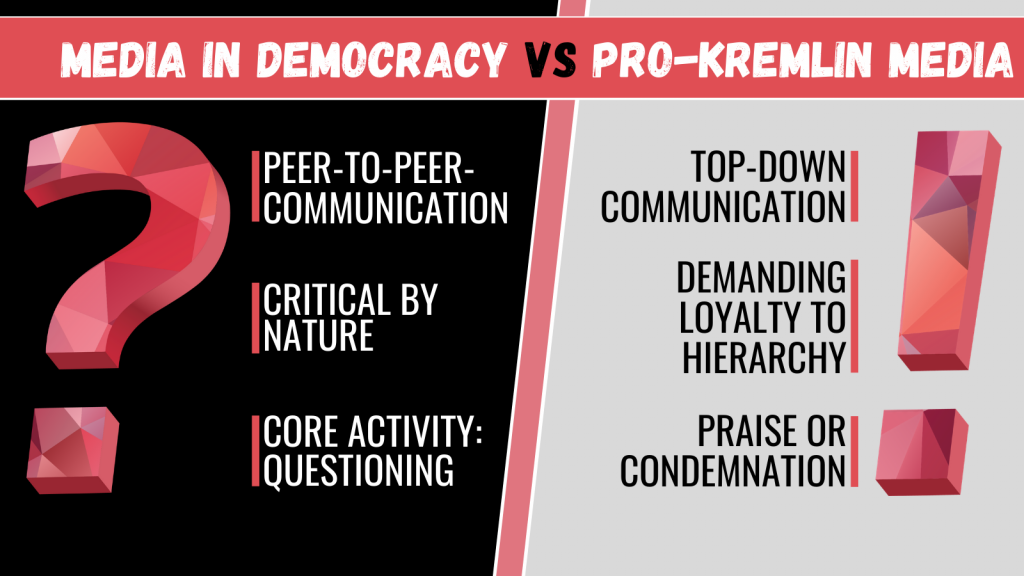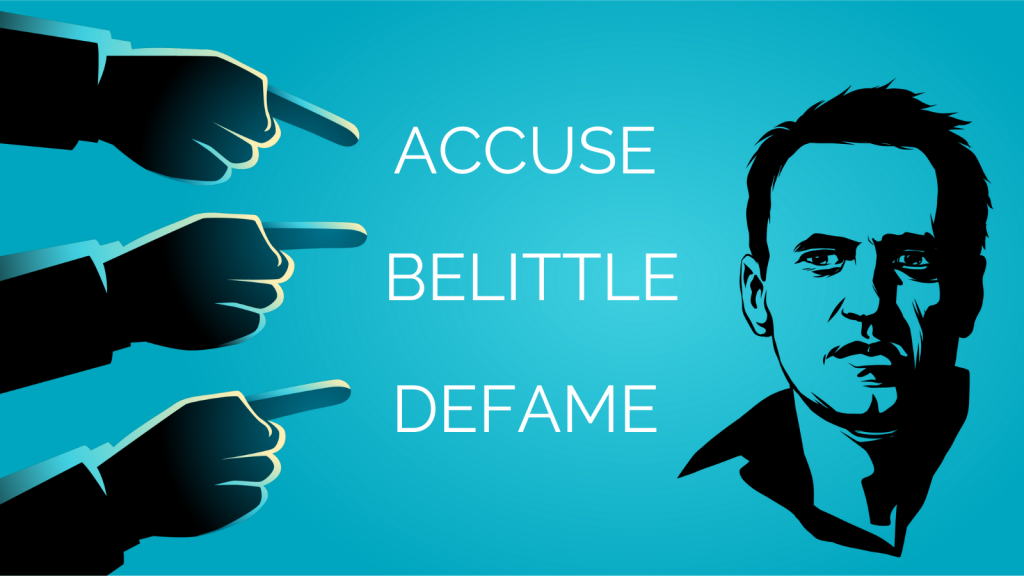A Desire to Know
We kicked off our series with Plato. Today, we will continue with Aristoteles, his student, friend, intellectual rival and his equal in terms of philosophical influence.
In an age of disinformation, it might be quite reassuring to hear that Aristotle reputedly claimed that humans by nature desire to know. According to him, in principle, we humans, are wired to reject untruths and lies. How did Aristotle come to this conclusion, and what conditions are required for truthful communication?
By any standard, Aristotle is recognised as one of the greatest philosophers. His texts shaped philosophy from Late Antiquity, the Middle Ages and the Renaissance. Even today, they are examined with eager, non-antiquarian attention.
Aristotle, who lived from 384 to 322 B.C., was an industrious researcher and writer. He produced a great body of work, by some estimates around two hundred treatises, from which around only thirty-one have survived. His thinking spans a wide range of disciplines, from logic, political theory, metaphysics and philosophy of mind, through to ethics, aesthetics and rhetoric, and even moves into non-philosophical fields such as empirical biology, as he excelled at detailed descriptions of plants and animals.
One detail in Aristotle’s personal life historians and filmmakers like to speculate on, is that in 343, at the request of the king of Macedon, Philip, Aristotle instructed the king’s thirteen-year-old son, Alexander, who was later to become Alexander the Great.
Platonic Relationship with Plato
Before Plato and Aristotle, the leading philosophers were the “Sophists”. They promoted Phronesis—practical truth. They taught how to make the stronger case through debating competing arguments. Sophists saw truth as what a society of equals with diverse claims convinced one another to believe was true. Some would say they were the postmodernists of antiquity.
As discussed in our first article, Plato was heavily concerned about the “disinformation” of his days, which emerged with the rise of the alphabet.
Going against the ideas of the Sophists, Plato argued that in order to engage critically with written language, absolute ideas (Sophia) are necessary. Those ideas emancipate the reader in confrontation with the text. Philosophers can arrive at those ideas through a dialectic method – a process of questioning and testing. Something important that is often overlooked, is that gaining insight into these absolute ideas does not lead to possessing the “truth,” but only to being aware of one’s own ignorance of it.
Because of his high ideals, and introspective methods, Plato was no fan of democracy. For similar reasons, he did not care for speech rhetoric. He feared that people without knowledge of the Truth would use manipulation and “base rhetoric” to persuade audiences who were unable to tell the difference.
In a characteristic middle-ground move, Aristotle combined the thinking of Plato and the Sophists. According to Aristotle, rhetoric is the counterpart of dialectic. Both methods of truth-seeking are necessary to solve (political) problems and know the truth. At the same time, both methods have their pitfalls as far as disinformation is concerned. Not employing abstract ideas might prevent critical engagement with the text, as Plato argued. On the other hand, too much of this medicine might lead to a fissure between empirical and abstract truth. Conspiracies are the ultimate example.
Perhaps the practical Aristotle would also have recognised that often the goal of disinformation is not persuasion, but rather compliance or loyalty. This means disinformation does not employ either Sophia or Phronesis, as it is not interested in truth-seeking. Conceptually, pro-Kremlin media operate as “tribune”. Its characteristics: top-down communication, loyalty to hierarchy and just two types of expression: praise or condemnation.

Classical rhetoric and disinformation
How would Aristotle try to make sense of disinformation in our time? He would probably have a practical perspective.
Aristotle had a lot to say about the practice of communication. His book on rhetoric even has its own entry in the Stanford Encyclopedia of Philosophy. His ideas are still relevant.
Rhetoric, according to Aristotle, ‘is the power to see, in each case, the possible ways to persuade’. Aristotle loved to distinguish. Different contexts, however, require different techniques. Aristotle famously said that in context, speakers have at their disposal three main avenues of persuasion: ethos, pathos and logos. Ethos is about the character of the speaker. Pathos is about the emotional constitution of the audience. Logos is about the general argument of the speech itself. This distinction implicitly breaks communication up into three dimensions: speaker, message and audience. Every communicator knows this is key.
Say it like you mean it
Pathos is about understanding – and using – the emotional make-up of the audience. It is about both invoking a particular emotion in the audience as well as evoking emotions from the audience. For example, a growing body of research confirms that the presence of moral-emotional language in political messages substantially increases their diffusion within (and less so between) ideological group boundaries. Just like romantic drama, feelings sell.
Pathos works for communication in general and certainly for disinformation. A famous past example are the reports of Dr. Wakefield in 1998, claiming to have found a link between autism and vaccines. This was not true, but it created sufficient fear to fuel the anti-vax movement, eventually leading to the re-emergence of diseases like measles. The combination of Covid-19 and modern communications technology proved an excellent opportunity for disinformation to invoke and evoke more fear on unprecedented levels.
The logic of the Lie
Logos is about the argument of a statement, separate from the speaker or audience. When applying this to disinformation one immediately recognises that some fakes are evidently… fake.
Think of: Bill Gates is actually (under the control of) Satan. Utter nonsense.
In other cases, it is more complicated.
For example, successful campaigns often “shield a forgery under the armour of a larger truth”, explains disinfo scholar Thomas Rid. His acclaimed book, Active Measures, showcases a spectacular example from World War II, the forged Tanaka Memorial. This document (allegedly from 1927) was instrumental in convincing many states that Japan had elaborated a military strategy to achieve world domination. It was not authentic though.
Why was this false narrative so effective? Because it was rooted in Japan’s actual assertive foreign policy of that time.
How do you apply this larger-truth method in pandemic times? Last year, we saw that the pro-Kremlin media took part of the truth (the AstraZeneca vaccine was developed using chimpanzee viral vector) to rebrand it as “the monkey vaccine”, in order to undermine the credibility of western-produced vaccines This enabled the pro-Kremlin media to suggest that the British vaccine will turn people into monkeys, and also tap into criticism from animal rights supporters and anti-vaxxers.

Eroding all credibility
Ethos is about the character of the speaker – his credibility. This dimension is fundamental when understanding disinformation.
Why are fake accounts created for spreading disinformation? It’s not just to create a greater volume of disinformation spreaders. Foremost, these accounts aim to create a group of seemingly like-minded people, people who feel relatable, people whose opinions you can trust. For just one recent example, see research from Graphica on Russian actors posing as far-right Americans.
An important goal of disinformation is also hurting the ethos of other communicators, contributing to distrust in society.
Just a few examples:
This is why we see many attempts to undermine Navalny’s standing.
This is why we see claims Joe Biden is senile.
We see the many different – and mutually exclusive – claims around Raman Pratasevich and the forced landing in Minsk of his Ryanair flight.
Another example is what Facebook calls ‘perception hacking’. Threat actors seek to capitalise on the public’s fear of influence operations (IOs) to create the false perception of widespread manipulation of electoral systems, even without evidence.
Disinformation aims to flood the information space with lies and manipulations. A philosopher from 300 BC shows us how pathos is employed for efficient dissemination, logos to conceal the lie within the truth, and ethos to damage people’s ability to trust one another.





